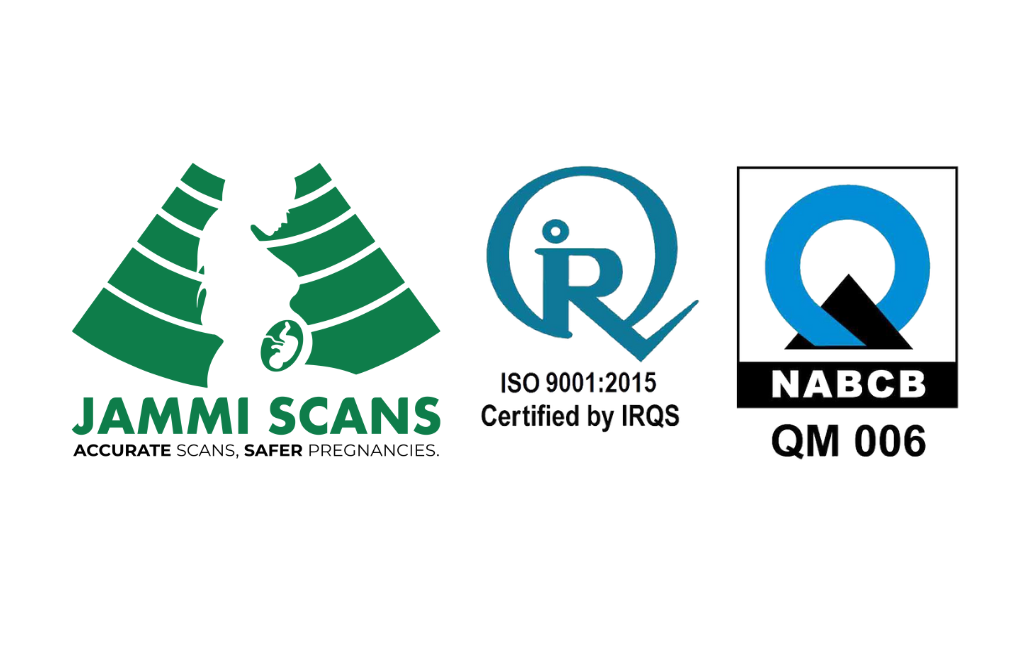Table of Contents
ToggleWhat is a pelvic scan?
A pelvic ultrasound or commonly known as a pelvic scan is a noninvasive diagnostic test that generates images that are used to evaluate organs and structures in the female pelvis. The uterus, cervix, vagina, fallopian tubes, and ovaries can all be seen clearly on a pelvic ultrasound.
A pelvic ultrasound is used in women to examine the: Ovaries, Uterus, Vaginal, Bladder, Cervix, and Fallopian tubes.
Let us discuss about pelvic scan during pregnancy in detail.
Who should undergo a pelvic scan?
In women, a pelvic scan is recommended for a range of treatments and diagnoses. Some of them include:
Monitoring your baby’s growth during pregnancy, Recognizing an ectopic pregnancy (a fertilized egg that grows outside of the uterus), Evaluating or treating fertility problems and so on.
How to prepare for a pelvic scan?
Your bladder must be full if you are having a transabdominal ultrasound.
For the scan wear loose, comfortable clothing. During the procedure, you may be required to wear a gown, this will be provided by the clinic or hospital.
When can a pelvic scan detect pregnancy?
An ultrasound scan can detect a healthy pregnancy inside the uterine cavity as early as 17 days after the egg was released from the ovary (ovulation). This occurs three days after a missed period. On an early pregnancy sonogram, you can see your baby as an embryo after about two weeks.
The baby will look like a small bubble. Your child is still small, and the resemblance to a baby is too young to notice. However, after 12-17 days, a heartbeat can be detected on the embryo.
Why is pelvic scan done during pregnancy?
A pelvic scan during pregnancy helps to monitor your baby’s growth and development. A pelvic scan allows doctors to monitor the baby’s heartbeat, placenta, uterus health and more.
Furthermore, it is also your healthcare provider to diagnose and prevent or cure any complication early on. This also includes scanning for any infections or even ectopic pregnancies – where the embryo gets planted outside of the uterus.
Can you see a fertilize egg on ultrasound?
The early embryo (blastocyst) is implanted 6–7 days after fertilization and becomes completely embedded within the decidua at 9.5 days. Ultrasonography becomes visible as the exocoelomic cavity (or early gestational sac) expands.
An echogenic area inside the thick decidua may be seen prior to the presence of a noticeable gestational sac. This is the first sign of intrauterine pregnancy and can be detected as early as 25 days menstrual age. About 2 weeks later, two small air pockets (amniotic and yolk sacs) bind to the wall of the gestational sac, revealing the presence of an embryo.
Takeaway
A pelvic scan during pregnancy or at the beginning or early stages of pregnancy can tell a lot about a woman’s overall as well as her reproductive health.
The findings from this test allows doctors and healthcare providers to help their patients make an informed choice in regards to their health and wellbeing.




